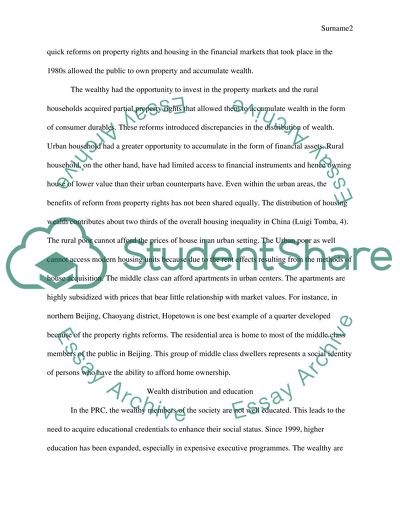Cite this document
(“Chinese Popular Culture Essay Example | Topics and Well Written Essays - 1750 words”, n.d.)
Retrieved from https://studentshare.org/culture/1495527-chinese-popular-culture
Retrieved from https://studentshare.org/culture/1495527-chinese-popular-culture
(Chinese Popular Culture Essay Example | Topics and Well Written Essays - 1750 Words)
https://studentshare.org/culture/1495527-chinese-popular-culture.
https://studentshare.org/culture/1495527-chinese-popular-culture.
“Chinese Popular Culture Essay Example | Topics and Well Written Essays - 1750 Words”, n.d. https://studentshare.org/culture/1495527-chinese-popular-culture.


